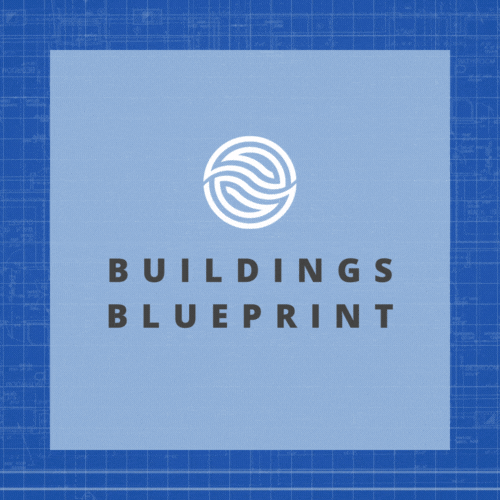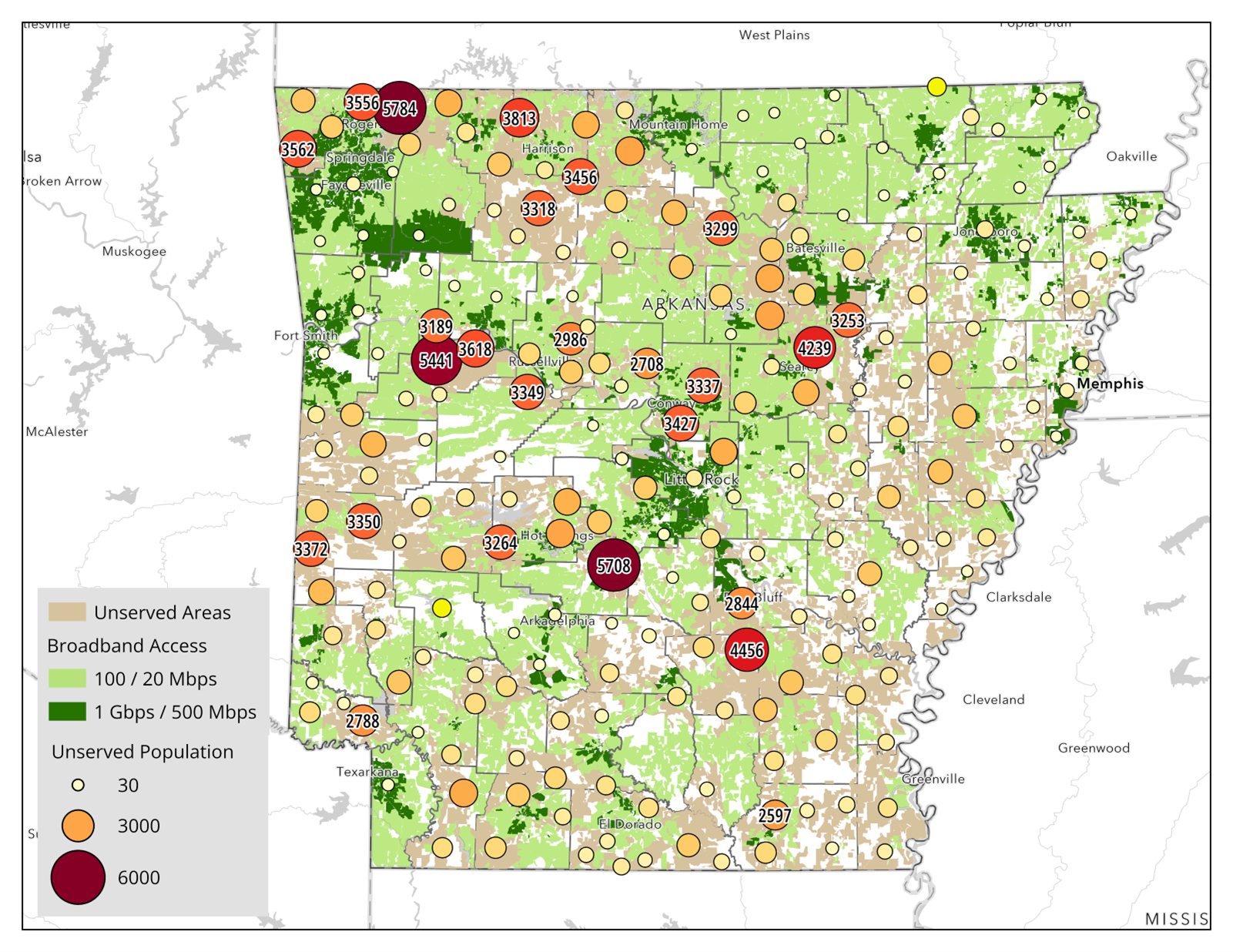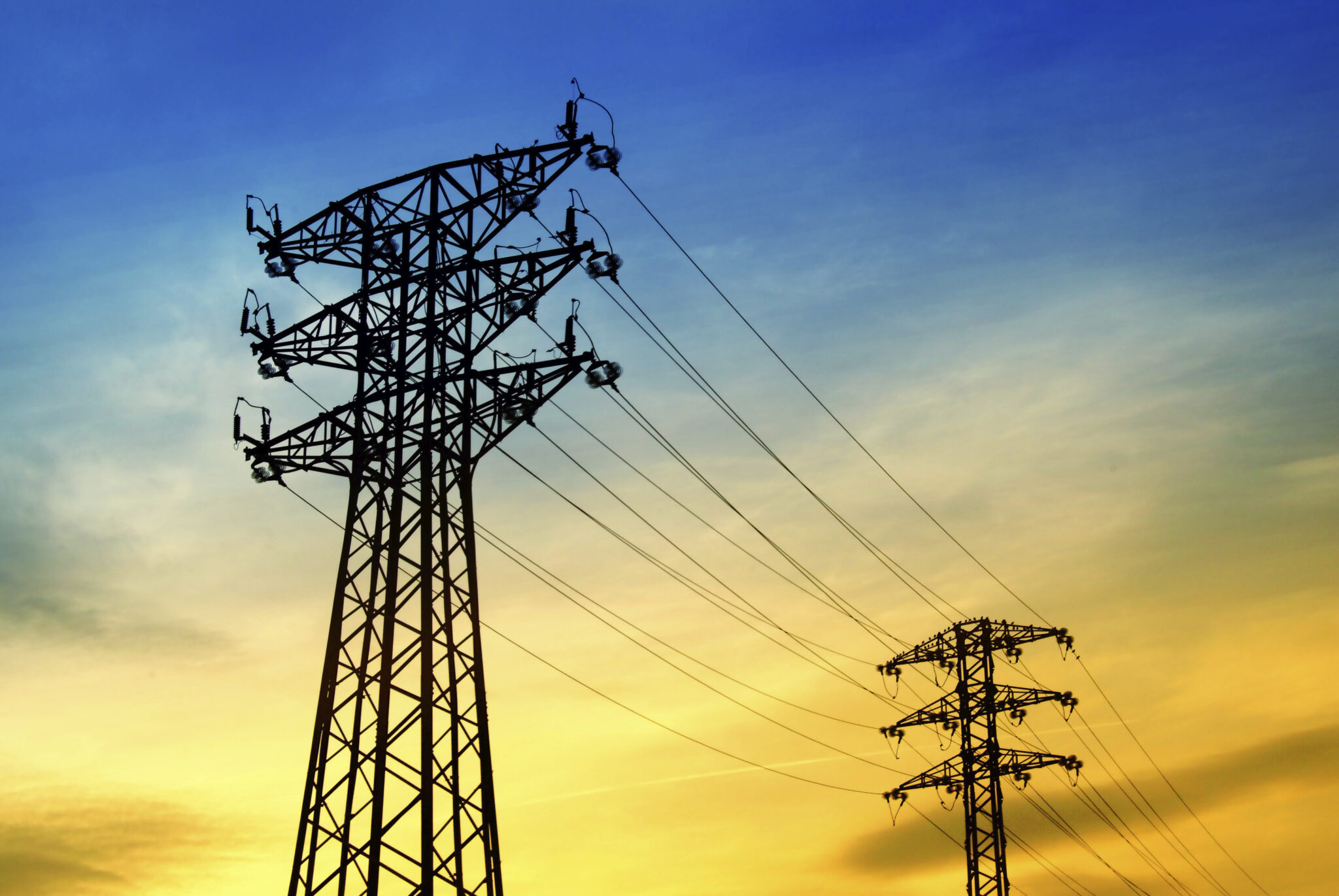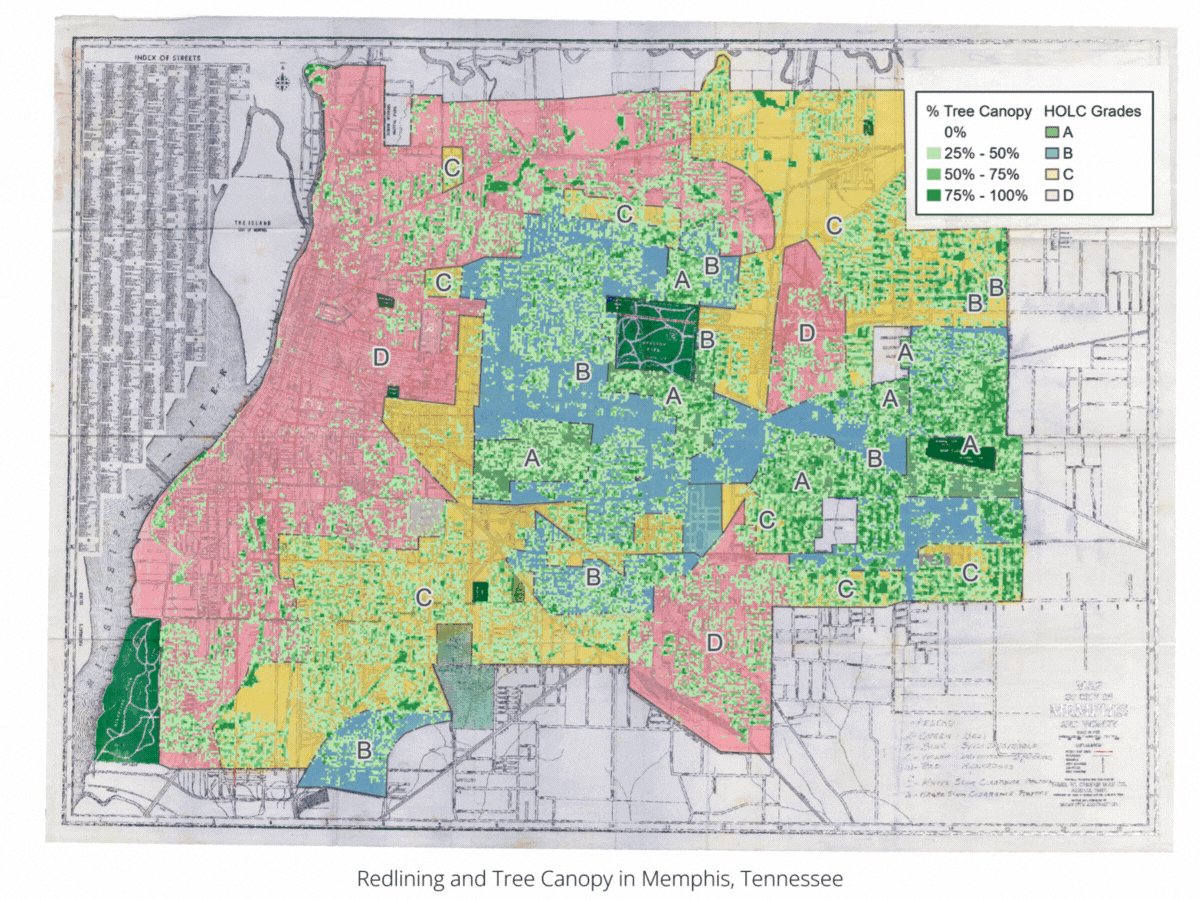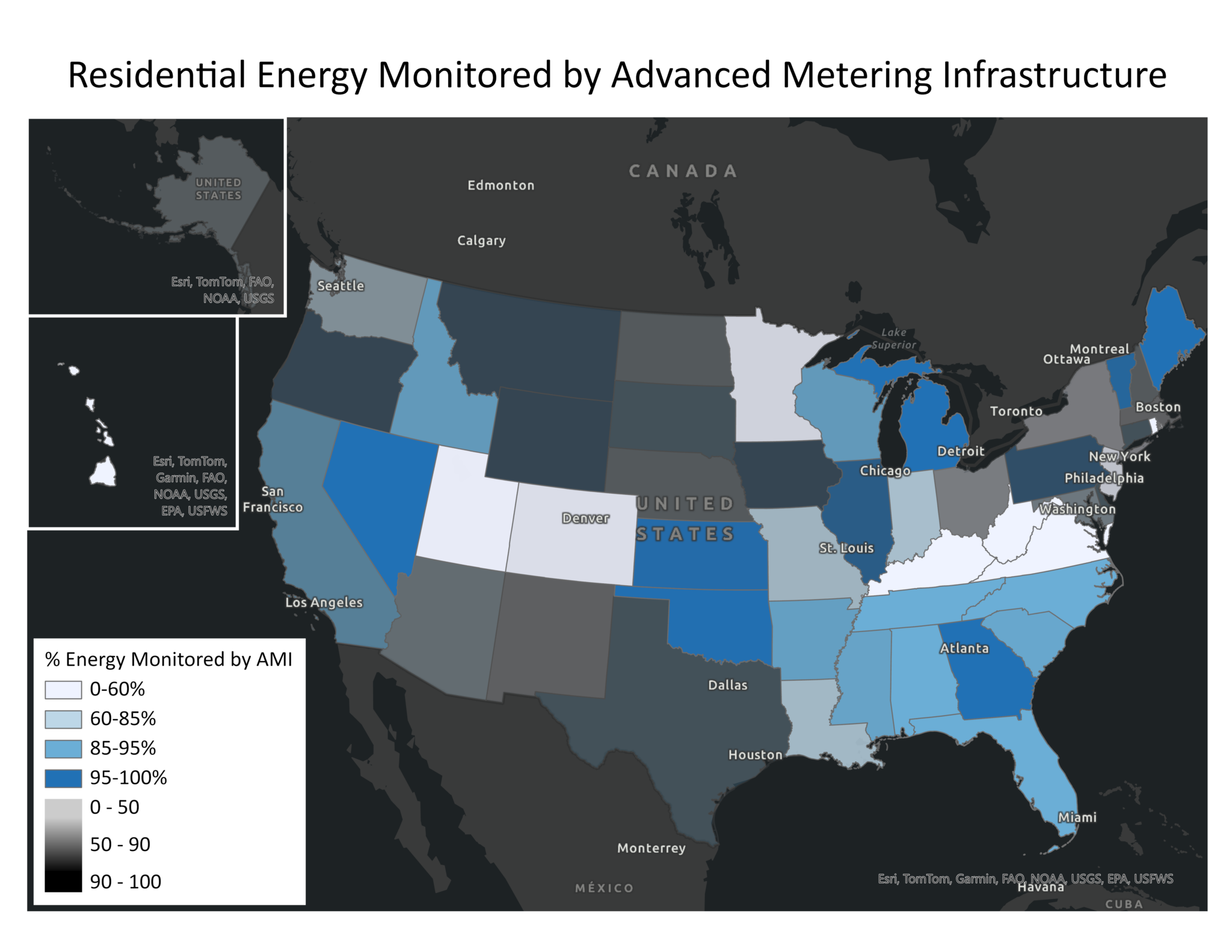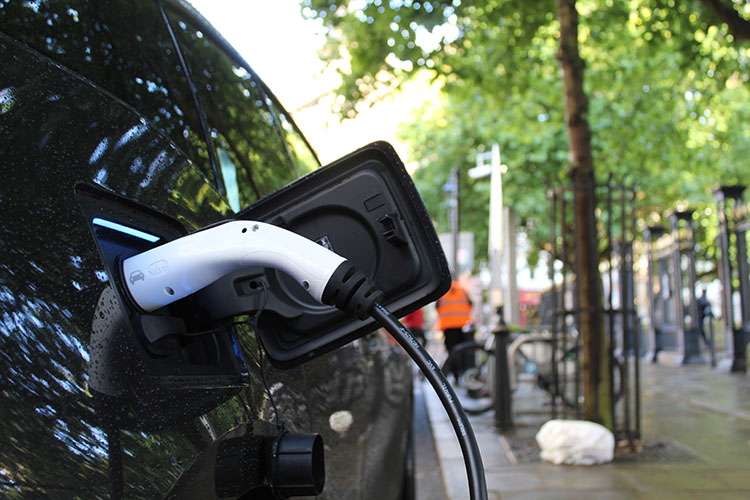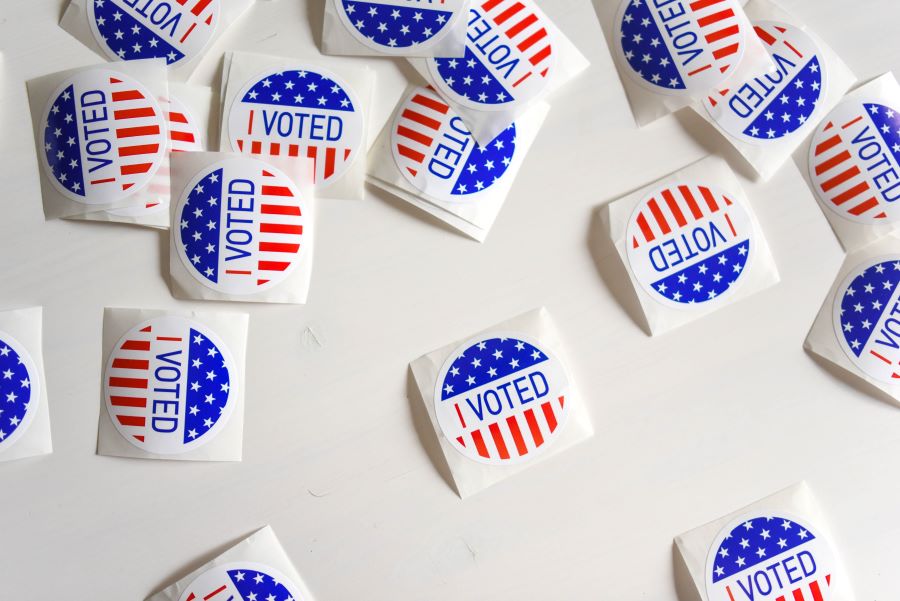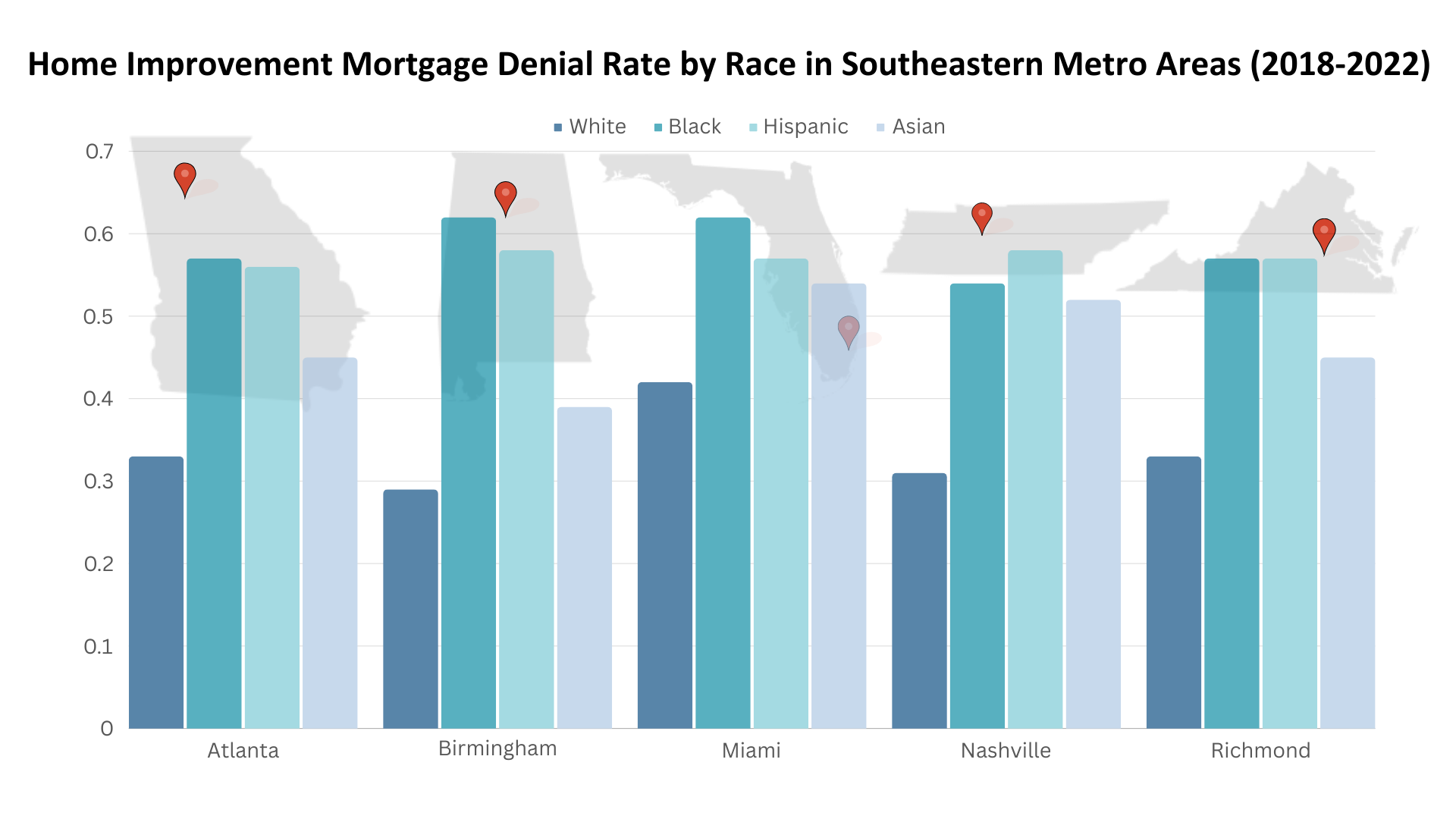National Emissions Standards: Unleashing Health & Economic Potential for the Southeast
On March 20th and March 28th, the United States Environmental Protection Agency (U.S. EPA) finalized national emissions standards for passenger cars, medium-duty trucks and vans, and heavy-duty vehicles, respectively, applying to vehicle model years 2027 through 2032. These standards are expected to establish the United States as a leader in the clean transportation space, improve air quality, and lower fuel and operating costs for consumers.
Buildings Blueprint (1st Quarter)
Hello! Welcome to SEEA’s inaugural issue of Buildings Blueprint, the latest quarterly newsletter dedicated to the building industry community. This publication is your guide to the ever-evolving landscape of buildings and energy codes in the Southeast and the U.S. islands, offering updates and resources to empower built environment professionals to excel in their roles.
March Map of the Month
In today’s interconnected world, broadband is not a luxury; it is a necessity. Broadband influences many facets of life, from access to education to employment opportunities and even health. Access to broadband is also critical to monitoring and reducing residential energy use.
Tracking Federal Spending in the Southeast and U.S. Territories
The Infrastructure Investment and Jobs Act, also known as the Bipartisan Infrastructure Law (BIL), passed in November 2021. The law allocates $550 billion in new federal spending over ten years for infrastructure projects, including roads, public transit, broadband, and electric grid upgrades. With so much funding on the table, SEEA is working to ensure funds are distributed equitably across the U.S. and to underserved communities.
NSPM 101: Evaluating Costs & Benefits of Energy Efficiency Investments from the Regulator’s Perspective
How much energy efficiency should utilities deliver? This question is the subject of discussion among many stakeholders, including utilities, public service commissions, ratepayers, and others interested in maintaining a clean, reliable, affordable energy system.
Map of the Month – February
Few things have impacted cities today as much as the suite of policies and practices that segregated neighborhoods on the basis of race over more than a century. Housing segregation had existed in practice for decades before the 1910s when white policymakers enacted the first racial zoning laws. Although these laws were declared unconstitutional by the United States Supreme Court in 1917, white city officials throughout the South still found ways to advance racial residential segregation.
Map of the Month – January
Accessing household energy data is critical to developing effective and evaluating efficiency programs, deploying energy assistance, and managing home energy use. Yet the accessibility of this data varies widely. One way to explore the accessibility of energy data is through Advanced Metering Infrastructure (AMI), a technology that monitors household energy usage, sends the encrypted data to the utility, and can communicate information back to the customer.
Growth of electric vehicle infrastructure offers hope for repair and renewal
SEEA is committed to acknowledging the influence of historic racism within the energy sector and related industries such as healthcare, insurance, housing finance and transportation. Racial segregation has always been a part of our country’s transportation systems and these historical inequalities still impact energy efficiency and transportation equity today. SEEA is developing a set of maps that illustrates how transportation infrastructure places additional burdens on people of color, and how zero emission public transit, fleets, and personal vehicles can address these issues.
2023 Election Highlights
With a national election occurring next year, there is increased media attention on local candidates’ economic, social and foreign policy platforms. This fall, the Southeast held four key elections in Kentucky, Louisiana, Mississippi and Virginia, which highlighted the tension between federally funded clean energy initiatives and traditional gas, oil and coal industries.
Map of the Month – December
Following last month’s map that explored home purchase mortgage denial rates by race, this month’s map shows home improvement mortgage denial rates by race in five Southeast cities: Atlanta, Birmingham, Miami, Nashville, and Richmond. Like mortgage loans for home purchases, we found wide disparities between racial groups in their ability to access lending for home improvements.



